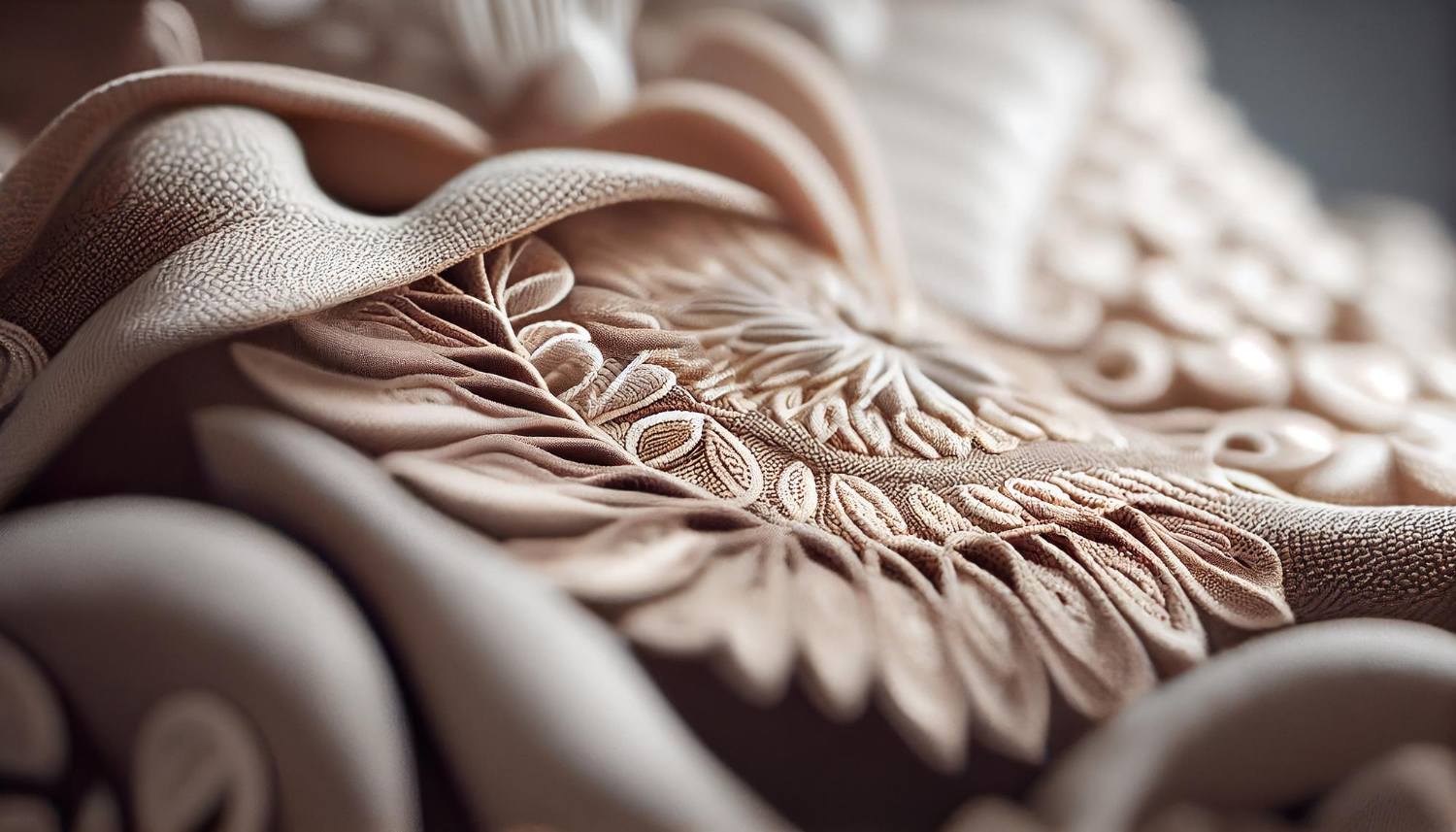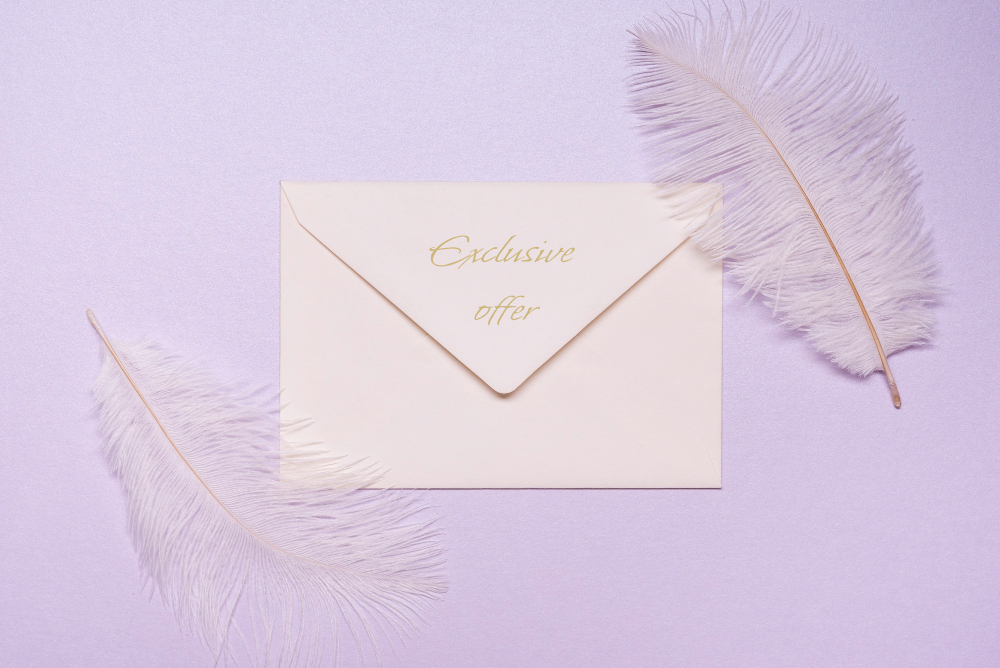
Email marketing for fashion brands is incredibly powerful, as it’s one of the most cost-effective ways of reaching and engaging with a target audience. It is estimated that by 2025 there will be over 4.6 billion users worldwide. So it’s no surprise that fashion brands see email marketing as a core and fundamental way to attract, nurture and convert their audience into buyers. And given the return on investment, where you can expect to make $44 for every $1, it makes email marketing one of the most exciting and attractive channels for any business.
However, the fashion world is highly competitive, demanding brands to go above and beyond the expected norms to distinguish themselves. To truly captivate their audience and foster brand loyalty, it is crucial for fashion brands to create compelling email content that not only inspires but also drives interactions and ultimately leads to conversions.
Here, we present 7 must-have tips to help you craft fashion email newsletters that truly stand out in the inbox!
1. Understand Your Target Audience
A genuine understanding of your target audience goes beyond surface-level demographics such as gender and age range. It involves comprehensive audience research and segmentation, delving into customer preferences and behavior.
Collect data through surveys or analyze audience interactions to gain insights into their purchasing habits, preferred products, and frequency of engagement. This knowledge empowers email marketers to tailor content that precisely targets different customer segments – groups of individuals categorized based on behaviors and preferences.
2. Story-Telling Through Visuals
The wonderful thing about the fashion industry is that you can tell so many stories through visuals. Visuals of products lend themselves well to the fashion industry. You can showcase products by bringing them to life using high-quality imagery. If you want to take it that one step further, tell your audience the story behind the bag. For example, if you are a vegan fashion brand, share with your audience the materials you have used and why you have chosen alternatives to leather. Sharing this information can help to convey the impact you hope to make.
At Monsoon Accessorize, we used to feature a fascinating story in our marketing initiatives. It recounted how the company’s founder, Peter Simon, visited India and discovered the beauty of print blocks, which sparked his passion for Indian prints and led to the establishment of Monsoon. Craft narratives that resonate with your audience.

3. Compelling Subject Lines
It’s very easy to fall into a rhythm of using the same cycle of subject lines in the fashion industry because, like a reliable pair of trainers, they work well until they get tired, that is. Urgency works well with fashion brands, particularly those who run regular flash sales or seasonal sales, and people react to urgency and scarcity, which makes for great subject lines. But how do you engage people during non-sales periods? This goes back to story-telling and having a content strategy in place that doesn’t just rely on sales.
Sales-led subject lines become repetitive for your audience, and you lose differentiation in the inbox. Instead, think about what your brand represents and what you are focusing on right now or what you are about to launch, e.g., a new vegan fashion range that focuses on plant-based leather. It goes back to what your audience is interested in and will likely want to read about.
The best way to know if a subject line is working is to run an A/B test where you test and compare different subject lines to find out which ones are the most successful. This is a tried and tested way to measure the effectiveness of different elements in your marketing emails.
4. Personalization and Segmentation
Fashion brands can access diverse customer data, allowing for personalized and segmented communication. For instance, you can implement dynamic content based on customer data, so if you want to send a newsletter out to different segments with different interests, you can implement a content block that will appeal to those different segments. The more data you can collect about your audience, the more effective your email marketing will be.
Think about leveraging purchase history or browsing behavior. Many fashion brands now incorporate personalized recommendations, which can be a lot of fun and a great way to cross-sell and upsell other products.
5. Exclusive Content and Sneak Peeks
Providing exclusive content to subscribers is a great way to drive engagement and reward loyalty. This could be in the form of an early bird product launch, or new range, or any kind of newsworthy content that your audience is going to find irresistible and will want to read. Exclusive content gives your subscribers the benefit of receiving subscriber-first content as a way of thanking them for their loyalty.
You feel special as a subscriber and are more likely to want to continue to engage with the brand. Behind-the-scenes content is another great way to inspire and excite your audience. Everyone loves to know what really goes on behind closed doors, and revealing this via email is a surefire way to drive engagement. Collaborations provide a way to reach new audiences and build the brand’s reputation and credibility.
6. Compelling Calls to Action
While visually appealing emails are important, the ultimate goal is to guide your subscribers to take action. If you notice high open rates but low click rates, consider repositioning your calls to action or adjusting their color to ensure they are easily visible. Additionally, optimize your landing pages to provide seamless conversion experiences. Ensure your subscribers can find what they need quickly, simplifying their journey and enhancing their overall experience.

7. Mobile-Friendly Design
Most of us check our emails on the go, so when you’re planning your emails, it’s important to consider how they render on mobile. This may sound obvious, but many brands fail to check this before they send out an email. If the email renders poorly on mobile, it gives the impression that the brand doesn’t really know what they are doing.
By implementing these strategies, fashion brands can create engaging email newsletters that resonate with their audience, build brand loyalty, and drive conversions. As technology evolves and client expectations change, it’s important to continually innovate and adapt email marketing strategies. This will help you stay ahead in the fashion industry and nurture lasting relationships with customers. Embrace creativity, tell compelling stories, and make every email count.
About the Author
Clara Toombs is an Email Marketing Consultant and Mentor at Clara Toombs Consulting. With 15 years of experience in the field, she has worked for Fortune 500 companies like The Expedia Group, Hotels.com, and well-known UK brands. After achieving success for large corporations, Clara shifted her focus to supporting small business owners in making sustainable sales through email marketing. Clara also has delivered keynote speeches on email marketing and contributed to digital marketing books, including “Digital Marketing Strategy”. She works as an Executive Coach, guiding senior marketing professionals in improving their relationships with the board.